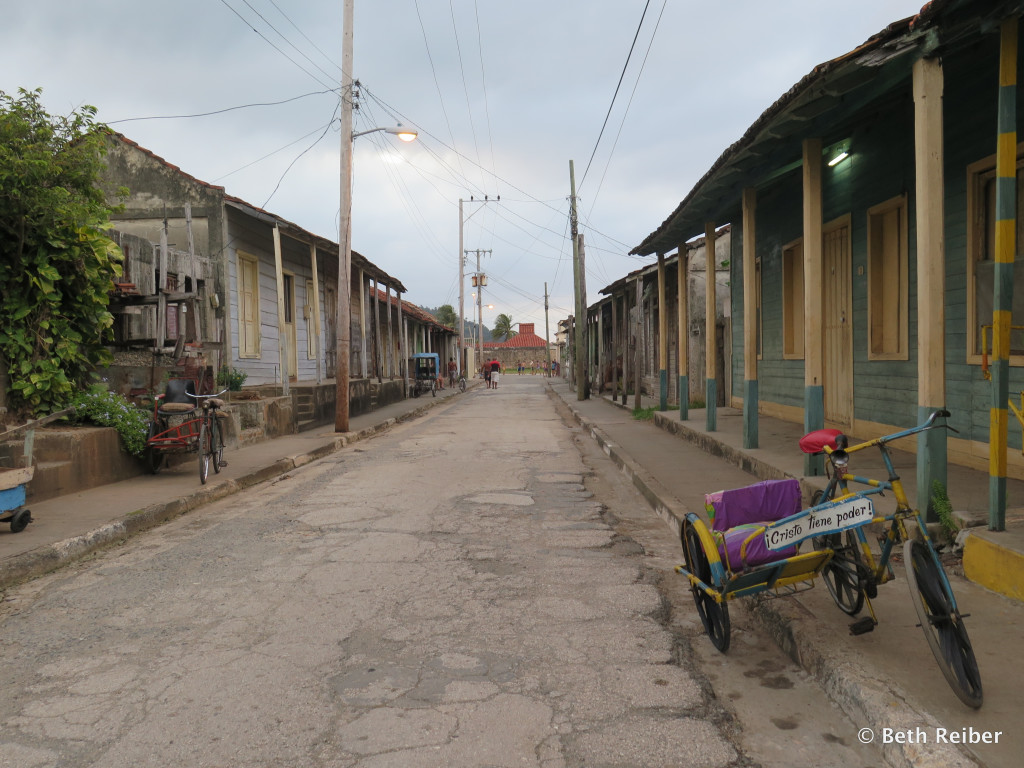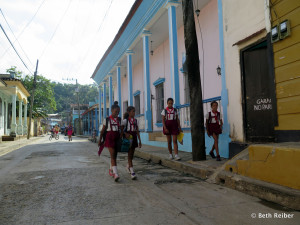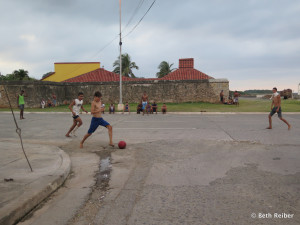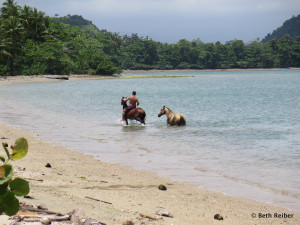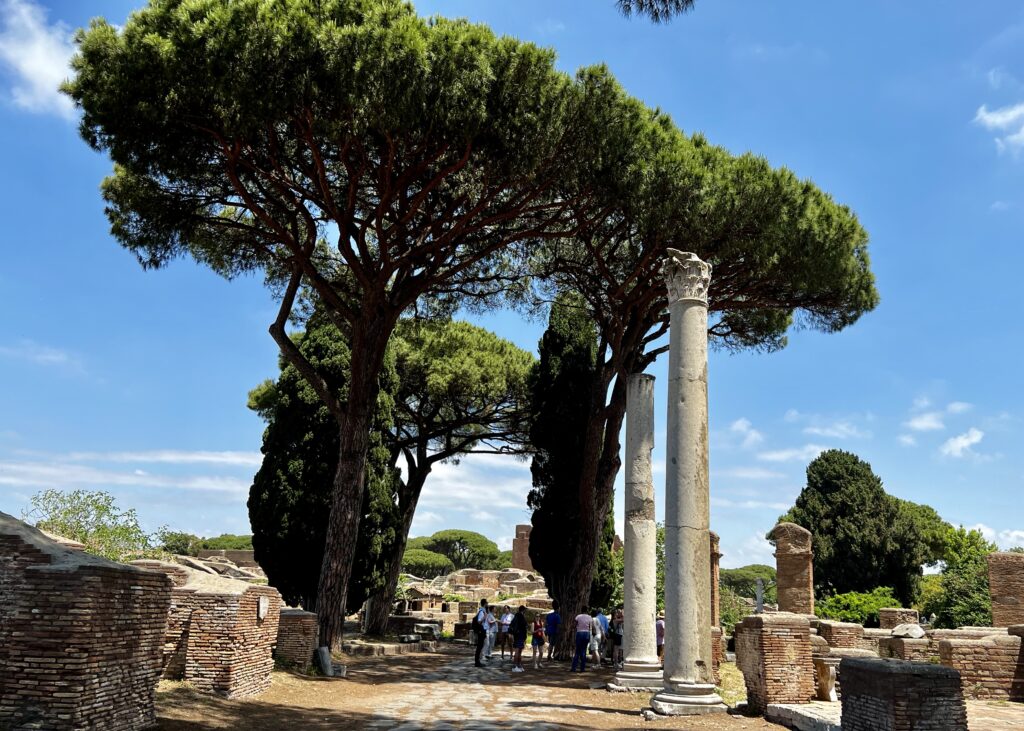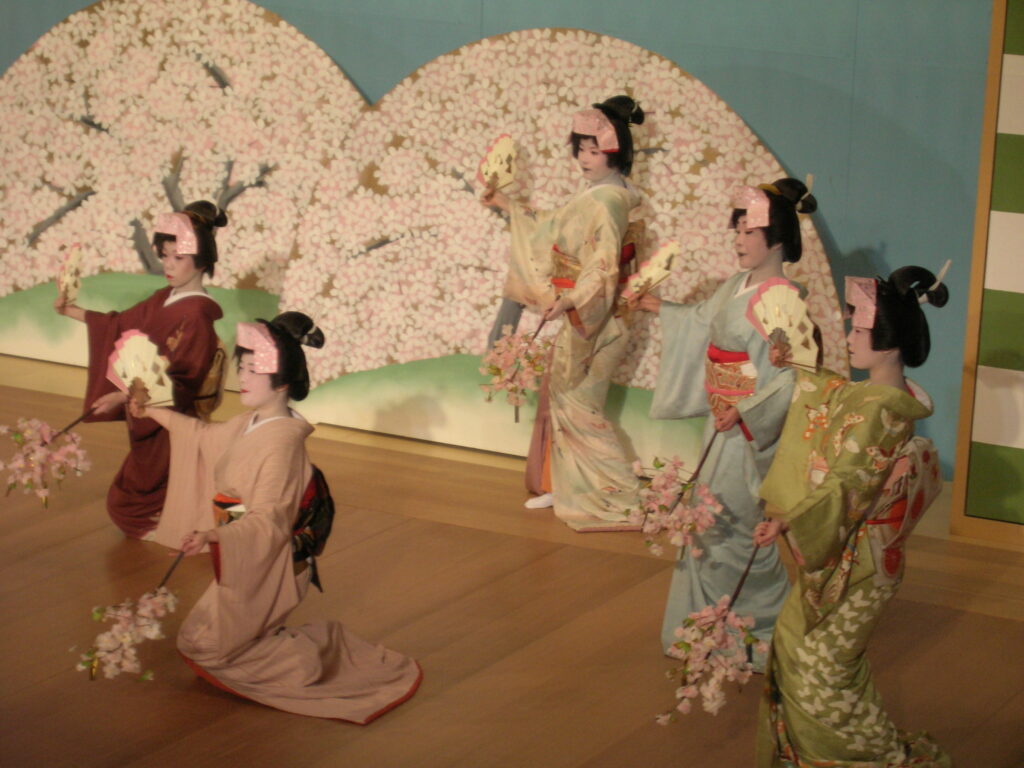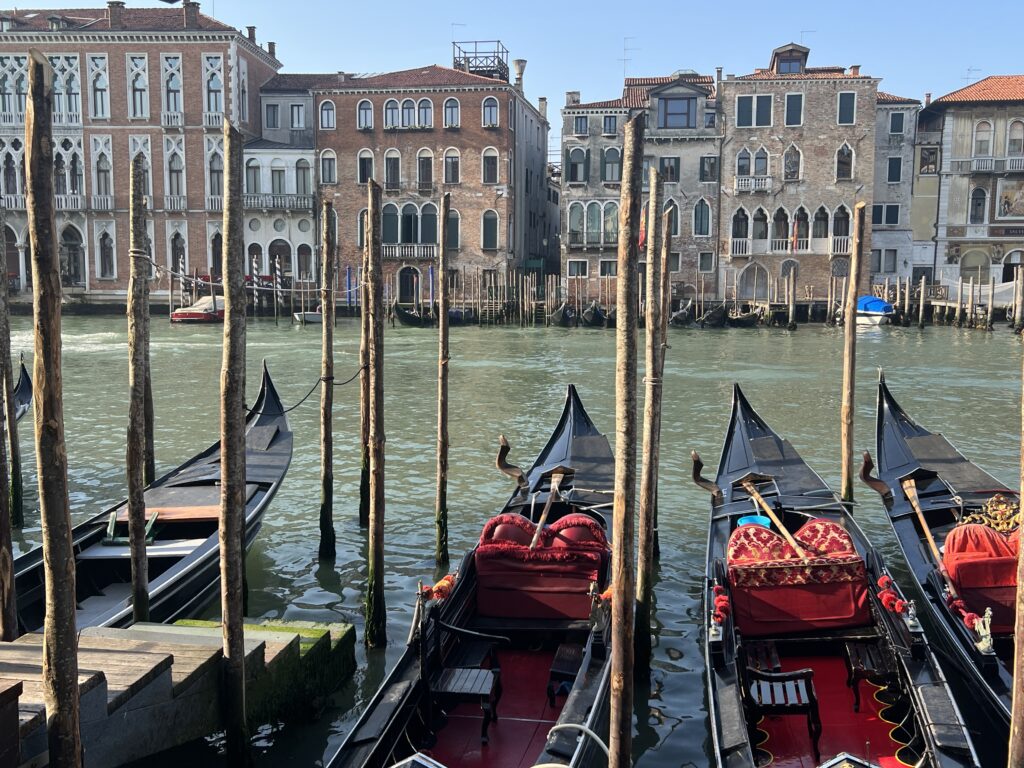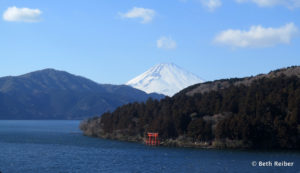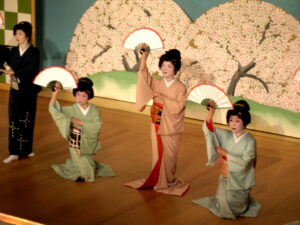Baracoa was established in 1511 as Spain’s first settlement in Cuba, but then it languished in obscurity for the next several centuries, isolated and reachable only on foot or by boat. Located on Cuba’s far eastern coast, it became accessible only in the 1960s, when a winding road that threads over mountains and through woods finally made its way here.
Tourists, of course, soon followed, prompting many families to open rooms in their homes as casa particulars (the Cuban version of a B&B) to accommodate them. With its brightly-colored buildings, laid-back street life and lack of fancy hotels and pretension or even any tourist sights, it’s the kind of seaside village that would be overrun by backpackers if it were located, say, in Thailand. Still, it gets its fair share of young travelers in peak season, which normally begins in November.
I went to Baracoa as an antidote to the big cities of Havana and Santiago and to picture-perfect, tourist-mobbed Trinidad. Of those four cities, Baracoa was my favorite. I loved spending time in the town’s shady plazas, where townspeople gathered and visited and from which I could observe the steady parade of pedestrians, children in school uniform, motorcycles, bici-taxis (pedicabs) and horse-drawn carriages. There were very few cars and even fewer taxis. One of the things I love most about travel is seeing how other people live and–if, by some miracle–partaking in it. Baracoa, like most villages, offers a fast-track opportunity to observe and participate in daily life.
Most Baracoan homes are one or two stories, lining both sides of dusty streets and with doors and windows flung open wide to catch any breeze (most Cubans do not have air conditioning, though they do usually supply their rental rooms with window unites). Most homes have backyard courtyards and rooftops for hanging laundry, growing produce or hanging out. From the roof of my casa particular, I could look out over the neighborhood and watch barefoot teenagers playing soccer in the street, dogs slinking down alleys, boys tending pet pigeons kept in rooftop cages, horses pulling carts full of fruit to sell, and buff young men working out in a courtyard makeshift gym.
On Sunday, my travel companion and I hired a taxi, which turned out to be an orange-colored 1952 Chevrolet that was a far cry from the polished classics cruising for tourists in Havana, to take us to Maguana Beach about 10 miles west of town. But first, of course, we dropped off his sister at Duaba Rio, on the riverbank where her friends were gathering for a party; they insisted we later join them. After continuing on the bumpiest and most bone-rattling one-hour ride of my life to Maguana Beach, we swam a little, read a little and ate lunch at a table brought down to the beach just for us. But what I most wanted was to join that party. Our taxi driver, whom we’d hired for the day, found a roadside restaurant where we bought beer and rum (we didn’t want to show up empty-handed) and drove us back to the river, where we were met by about 20 people in full swing of having fun, including children of all ages, young couples and an older woman who was a mother, aunt or grandmother to most of them. There was a big pot of stew, beer aplenty and pulsating music blaring from a boombox. Soon everyone was dancing, including us, though we looked ridiculously inept compared to the Cubans, who can make dance look like a close approximation to vertical sex.
After the taxi driver drove us back to our casa particular, we asked him to wait while we retrieved from our room a coloring book for his niece, eye shadow for his sister and Ibuprofen for his aunt, whose feet were terribly swollen from diabetes. People in Cuba make out with only the basics, and when they don’t have the basics they improvise (the owner of our casa particular cut aluminum strips from a beer can to repair the stripped threads of our shower’s faucet). Life is hard, and it seems like everyone we met wants more. But though Cubans are very poor, they’re all in it together. That river party reminded me that you don’t have to have money to enjoy life with people you love or to show generosity with strangers. When it comes right down to it, it’s the vision of life most of us strive for.
For more details about my trip to Baracoa, see my article published at gonomad.com, Baracoa-The Other Side of Cuba. For other articles I’ve written about Cuba, see Trinidad-Cuba’s Prettiest City, Things I saw in Cuba that You Don’t See in the U.S. Anymore (if you ever did), and A Subjective Guide to Havana, below:
